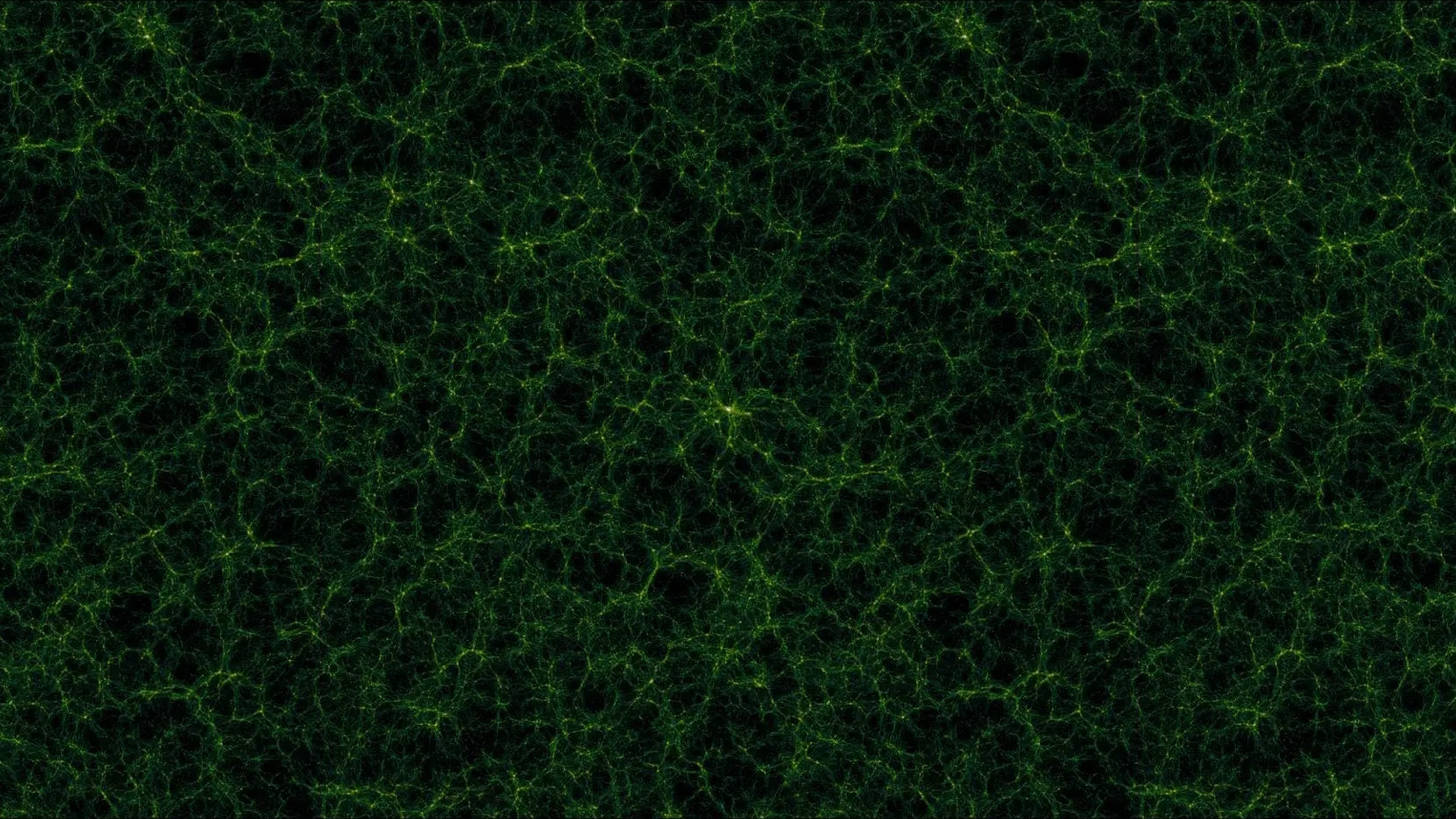Khakpour wanted to play with the fragmented nature of memory.
Question: Why do you only hint at your characters’ histories?
Khakpour: You know I wanted a sort of light touch because there were so many stories I could tell in this book. And part of it was just a focus on the father and the son. But memory is never . . . . Memory as a function never offered as the full story, right? The way we remember things is never obviously as they actually happened. It’s always a tidbit – a handkerchief, a color, a smell, a wisp of hair, a street sign. It’s always something, and I was interested in the sort of inherently fragmented nature of memory. So that comes across . . . You know there’s a scene in the novel where he describes a sort of . . . Xerxes the protagonist describes the sort of fear of Ed McMahon. He’s horrified by him as a . . . as a celebrity. He never knows why he has such an adverse reaction to seeing him on Star Search or, you know, Publishers’ Sweepstakes or whatever he did. And he traces it back to the first time he ever saw Ed McMahon on TV. His parents were having a fairly politically charged fight. And then later in life he also explores what that sort of symbol of Ed McMahon meant to him, and the sort of . . . He imagines drilling a hole from underneath Ed McMahon’s shiny designer shoes, through the center of the earth, and coming on the other end. And then if you did that, on the other end would be the hands and knees of people who looked more like him. So there’s a lot . . . There’s _________ in this novel. There’s the conjuring of old memories. And then there’s reflection on the conjuring of memories. There’s a lot of . . . There’s a lot of . . . There’s a multi-layered treatment of memory. How do we actually remember it? And how do we actually reflect on it? It becomes a thing in itself, you know. The ghost in the room actually takes on some flesh at some point.





